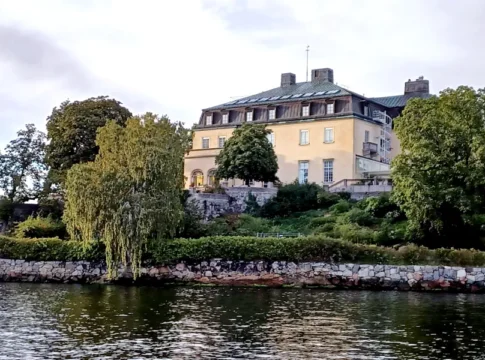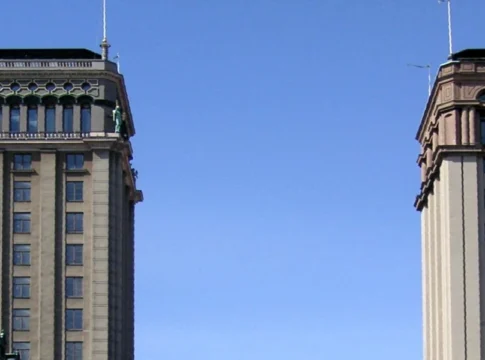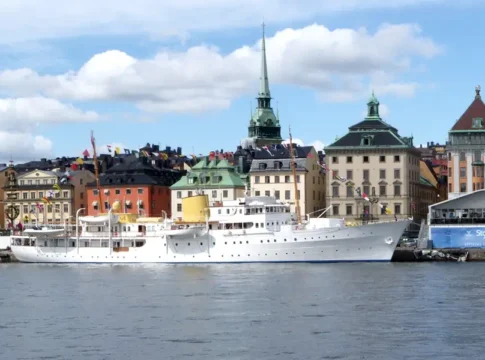 Photo: Helén Pe (Spritmuseum) © All rights reserved.
Photo: Helén Pe (Spritmuseum) © All rights reserved.
The 1897 Stockholm Exhibition: Sweden’s Industrial Era
The General Art and Industrial Exposition of Stockholm—better known as the Stockholm Exhibition of 1897—was a spectacular celebration of Sweden’s cultural heritage and technological progress. Organized by Crown Prince Gustaf (later King Gustaf V) in honor of King Oscar II’s 25th jubilee, the event turned the island of Djurgården into a grand showcase between May 15 and October 3, 1897.
In just under five months, more than 1.5 million visitors passed through its gates—a staggering number for the time.

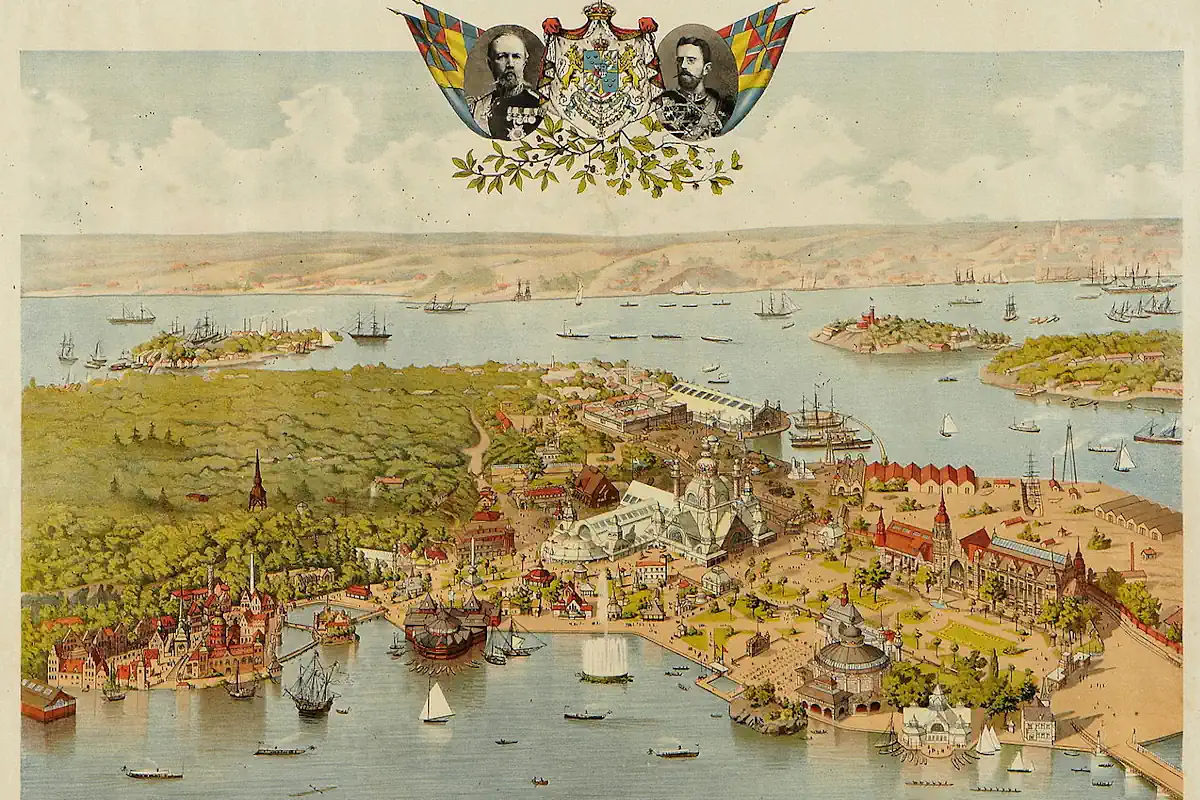
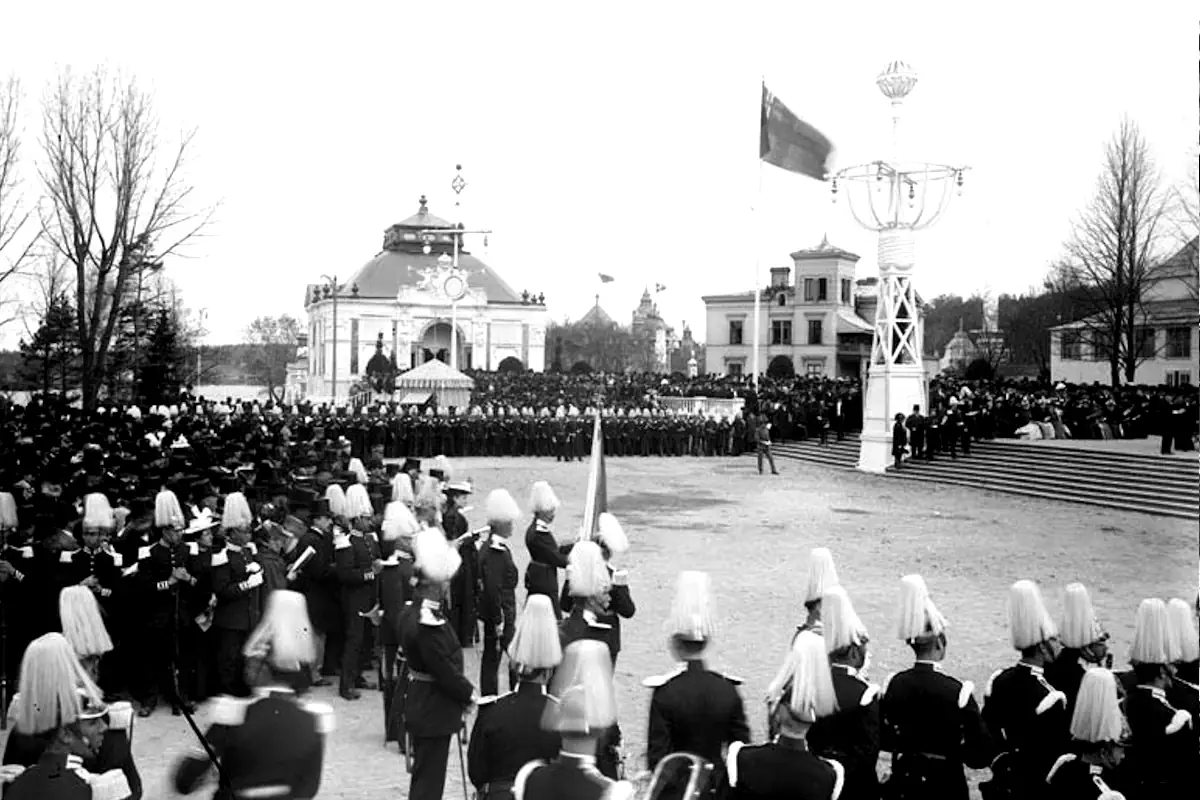
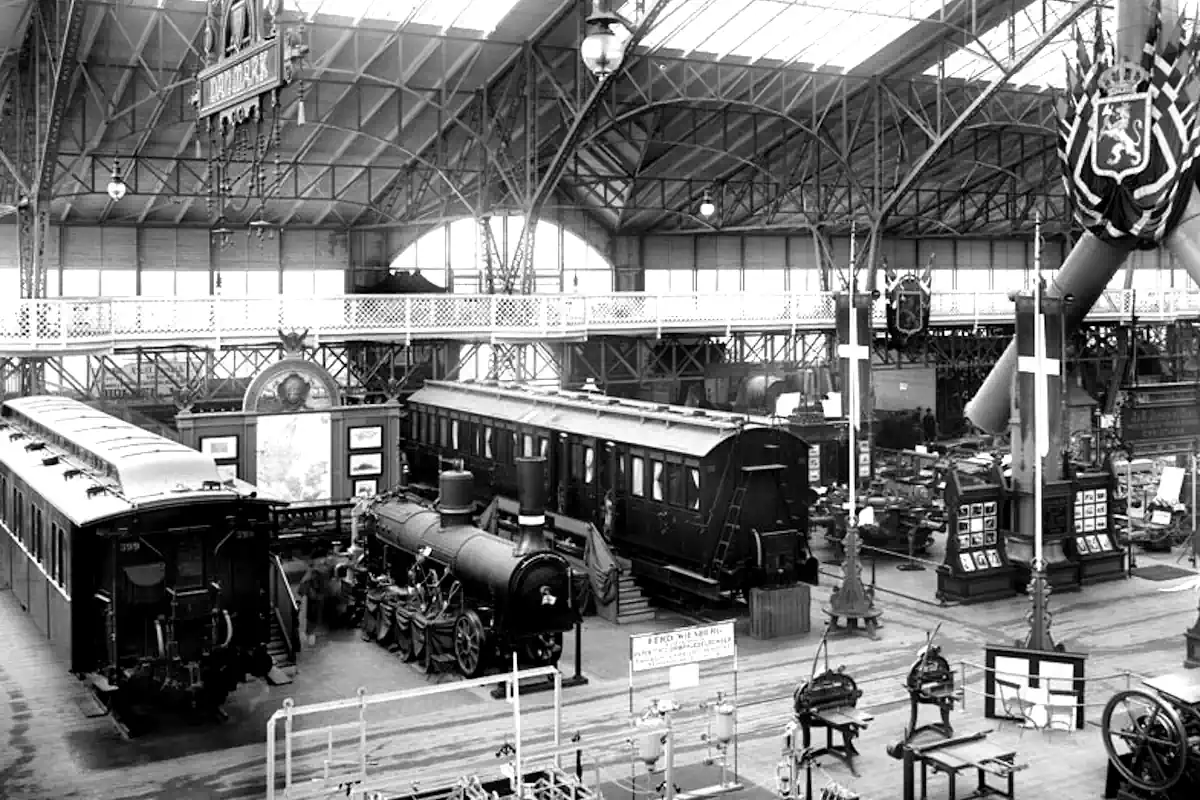
A spectacular display of progress
Spread across 208,000 square meters, the exhibition hosted over 3,700 exhibitors from Sweden, Norway, Denmark, Finland, and Russia. Visitors encountered a dazzling mix of innovation, history, and entertainment:
- The colossal 100-meter-long Industrial Hall, crowned with a cupola and four minarets
- Emerging technologies, including moving pictures, bicycles, and X-ray demonstrations
- A reconstructed medieval Stockholm with a replica of the “Tre Kronor” castle
- Themed pavilions featuring art, science, and cultural achievements
Architectural marvels
Many structures built for the exposition remain part of Stockholm’s landscape today:
- Djurgårdsbron – the elegant bridge connecting Djurgården with central Stockholm
- Nordiska Museet – partially completed for the exhibition, now one of Sweden’s premier cultural museums
- Skansens Bergbana – a funicular railway that became part of the pioneering Skansen open-air museum
Its timber-clad design was inspired by Norwegian stave churches, and inside visitors step into a world of Swedish wildlife.
Panoramic dioramas painted by artist Bruno Liljefors surround taxidermy animals in lifelike habitats—offering a dramatic
19th-century vision of nature conservation and education. More than a century later, it remains a fascinating blend of science, art, and storytelling.


Main themes of the exposition
The Stockholm Exhibition reflected both progress and tradition, with key themes woven throughout:
- Modern life: Celebrating innovation, technology, and urban progress
- National identity: Highlighting folklore, rural crafts, and cultural pride
- New media: Showcasing film, the phonograph, and other revolutionary inventions
- Art and industry: Pairing aesthetics with engineering to emphasize harmony between culture and progress
- International cooperation: Exhibits from neighboring countries underscored shared innovation across Scandinavia and beyond
- Heritage: The medieval Stockholm reconstruction connected modern achievements with deep-rooted history
- Architectural innovation: New materials and styles—especially by Ferdinand Boberg—hinted at Sweden’s design future
The humble hot dog made its Swedish debut here! Sold by women known as “korvmadammer,” the sausages were served with white cotton gloves so customers wouldn’t burn their hands—a quirky touch that made them an instant hit.
Legacy and impact
Though most of the temporary exhibition halls were dismantled, the 1897 Stockholm Exhibition left a profound mark on the city and the nation. It reinforced Sweden’s identity as a modern industrial country while cultivating pride in its cultural traditions.
Alongside Nordiska Museet and Skansen, Biologiska Museet still stands as a reminder of the exhibition’s unique blend of innovation, art, and nature.
Nearby attractions
Today Djurgården is Stockholm’s cultural playground—many of its highlights grew directly out of the exhibition’s legacy. After exploring the history of 1897, don’t miss:
- ⚓ Vasa Museum – One of Stockholm’s most visited attractions, showcasing the salvaged 17th-century warship.
- 🎡 Gröna Lund – Sweden’s oldest amusement park, offering rides, games, and summer concerts by the waterfront.
- 🐻 Skansen – The open-air museum and zoo founded by Artur Hazelius, part of the 1897 legacy itself.
- 🦌 Biologiska Museet – Built for the 1897 exhibition, this unique wooden museum showcases Sweden’s wildlife in dramatic dioramas painted by Bruno Liljefors.
Visit Info
![]() The Stockholm Exhibition of 1897
The Stockholm Exhibition of 1897
![]() Stockholmsutställningen 1897
Stockholmsutställningen 1897

